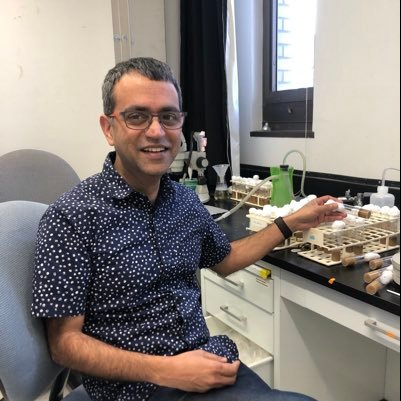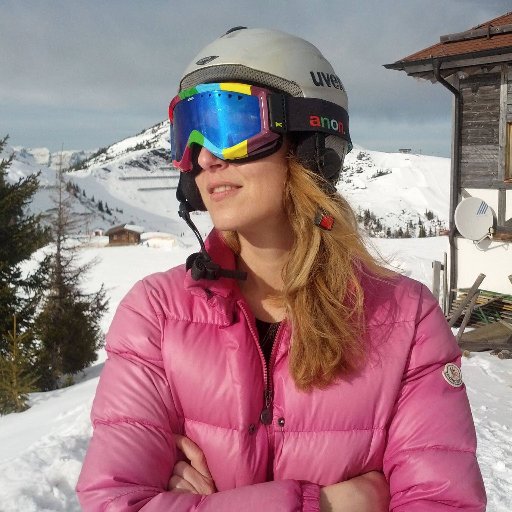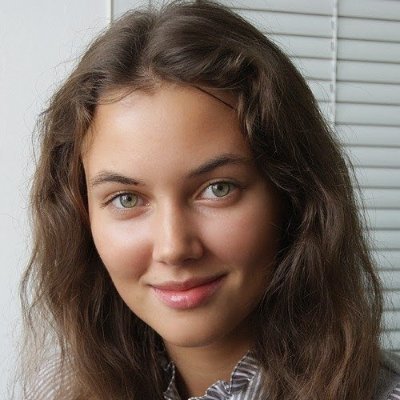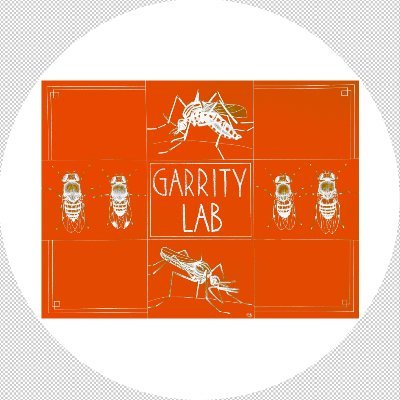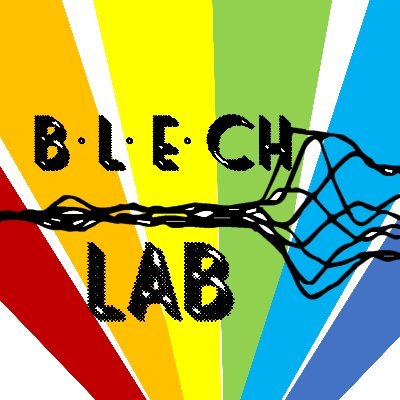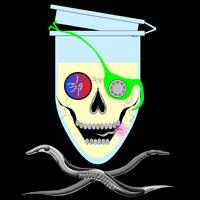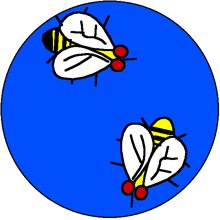
Real Houseflies of Brandeis
@GriffithFlyLab
Followers
243
Following
33
Media
5
Statuses
79
Leslie Griffith’s Lab, Brandeis University, Neuroscience.
Waltham, MA
Joined May 2020
Congratulations to @Neuro_Mohamed on defending your thesis and your last day in the Griffith Lab! We are so proud of all you've accomplished and you will be missed greatly!
0
0
4
A new paper from our lab is out!
Subtype-specific roles of ellipsoid body ring neurons in sleep regulation in Drosophila @GriffithFlyLab
1
1
7
Leslie from Brandeis Ugly Sweater Contest 2022 ... We should have won! 🤣
3
2
32
Been working with flies for a long time, didn’t think I would be surprised by anything flies did. But, wow..
Paper out!!! #Drosophila has muscles that attach to their retinas, which it uses to move its photoreceptor sheet in ways that resemble vertebrate eye movements @Nature
https://t.co/kQYT71OBy3
0
3
17
🚨 Our primer on two-photon calcium #imaging and my first publication from @BrandeisNeuro out today🚨 We wrote it with people in mind who are starting 🔬. Hope y'all will find it helpful #SeeingIsBelieving
Our latest Primer outlines the experimental design and execution of two-photon calcium imaging, providing examples of ideal preparations and how data are analysed @ZeigerLab @UCLAneurology @cgrienberger @BrandeisNeuro @agiovann76 @UNCNCSUBME
https://t.co/fkt8t9Biva
8
56
297
New review paper from the @MarderLab! Latest insights from small rhythmic neural circuits on individual variability, resilience and neuromodulation of neurons and neural networks. https://t.co/ntc5K6c6FR
4
99
437
Check out our latest work by Michael Hobin et al. !!!
microRNA regulation of sleep in the fruit fly @GriffithFlyLab @Neuro_Mohamed @EmaCiencia @urccbrandeis @BrandeisNeuro @BrandeisScience
0
2
3
How does multisensory learning improve memory performance, for even the individual sensory cues? Zeynep Okray @z_okray, Pedro Jacob, Ciara Stern, Kieran Desmond, @_Nils_Otto_ and @paovargtz show how. https://t.co/NaEsw3KDQ5
biorxiv.org
Associating multiple sensory cues with objects and experience is a fundamental brain process that improves object recognition and memory performance. However, neural mechanisms that bind sensory...
7
22
67
The Katz lab in Brandeis University is looking for postdocs, see the ad for more details. P.S. we are looking for postdocs as well!
The Katz Lab is looking for postdoctoral researchers! https://t.co/ddabMi5b5O Please RT or share with anyone who might be interested
0
0
4
#JNeurosci: @Neuro_Mohamed et al. @BrandeisU developed a method to study memory formation in excised brains from Drosophila melanogaster. This method can reproduce the salient features of memory formation that have been identified in intact animals. https://t.co/dqQMx98SHa
0
7
9
Lab's latest pub🍾!! Inversion of the response sign in a single olfactory neuron reverses olfactory preference behavior! Unexpected - we thought it was an artifact for the longest time. Congrats to all authors and esp Munzareen Khan for seeing this through! Preprint tweetorial 👇🏽
Context modulates valence of individual odorants in #Celegans: context-dependent engagement of distinct signaling pathways within a single sensory neuron type can switch #olfactory preference #behavior from attraction to aversion @SenguptaLab #PLOSBiology
https://t.co/blvFF1VW27
6
13
85
Finally, the formation of PDP requires nighttime sleep, as 12-hour sleep deprivation at night blocks PDP formation in the next morning. However, even in the sleep deprived flies, a minimum of 2 hours of rest in the morning recovers the ability for PDP formation. (5/5)
0
0
0
PDP localizes in the mushroom body a'3 compartment, but increasing the intensity of the CS pathway electrical stimulation extends PDP to the a3 compartment as well. PDP also requires an intact 3'UTR of CaMKII mRNA, which is important for localizing CaMKII to the synapse. (4/5)
1
0
0
Dopamine conveys the US signal to the mushroom body. Low dopamine concentration requires coincident activation of Kenyon cells to form PDP. However, high concentration of dopamine overcomes this requirement and potentiates Kenyon cells regardless of CS pathway activation. (3/5)
1
0
0
PDP, similar to memory traces recorded in vivo, takes the form of a potentiation of the mushroom body intrinsic cells (Kenyon cells) and suppression of their postsynaptic mushroom body output neurons. (2/5)
1
0
0
The final version of @Neuro_Mohamed’s paper is officially out. In an ex vivo model of Drosophila associative memory, pairing activation of the CS pathway with activation of the US pathway forms a pairing-dependent plasticity (PDP). (1/5)
jneurosci.org
In Drosophila , in vivo functional imaging studies revealed that associative memory formation is coupled to a cascade of neural plasticity events in distinct compartments of the mushroom body (MB)....
1
3
3
📢 Special Seminar by Leslie Griffith @GriffithFlyLab on new mechanisms for generating subcellular biochemical asymmetries relevant to neuronal function. 🔥 Don't miss it‼️ 🗓️ June 8th, 16:00h @NeuroAlc
@CSIC @UniversidadMH @CSICval
0
7
12
Perturbation of either dramatically reduces axonal, but not somatic, CaMKII protein without altering the distribution or amount of mRNA in vivo. This axonal enrichment of CaMKII is necessary for cellular plasticity and associative memory formation.
0
0
1
Our new paper is officially out: https://t.co/8ktVALGRbz Local enrichment of CaMKII in MB is achieved via enhanced axoplasmic translation of CaMKII mRNA, through a mechanism requiring the RNA-binding protein Mub and a 23-base Mub-recognition element in the CaMKII 3′ UTR.
1
5
24




